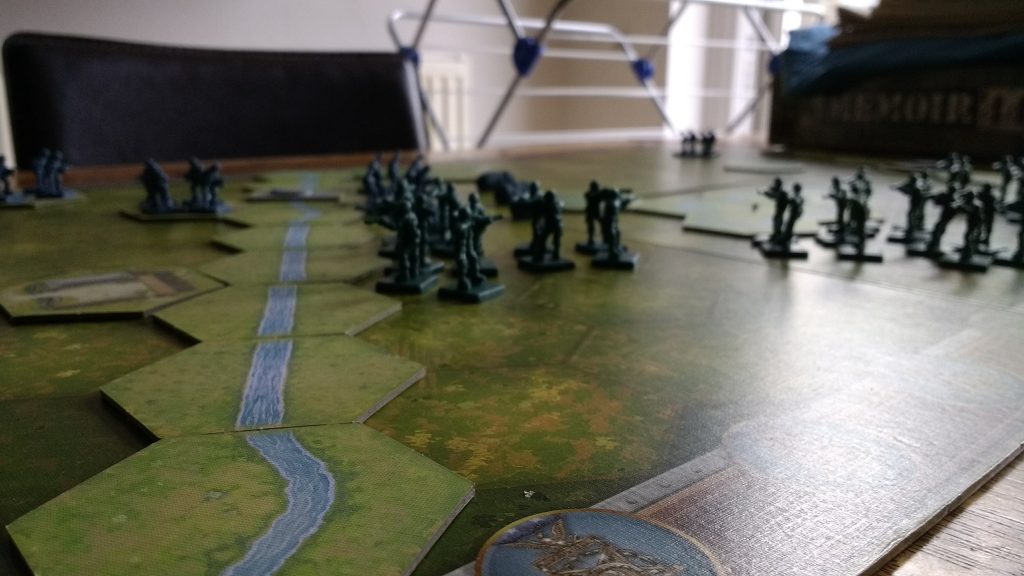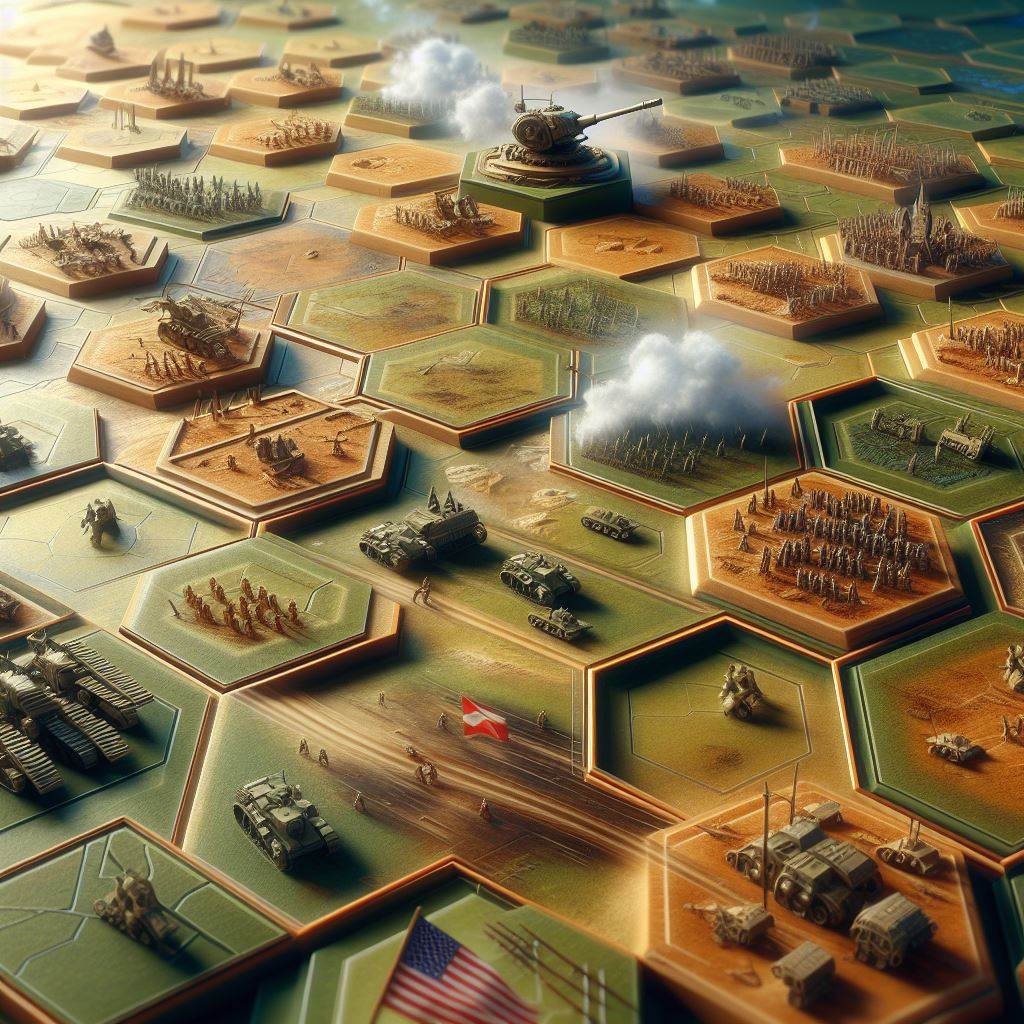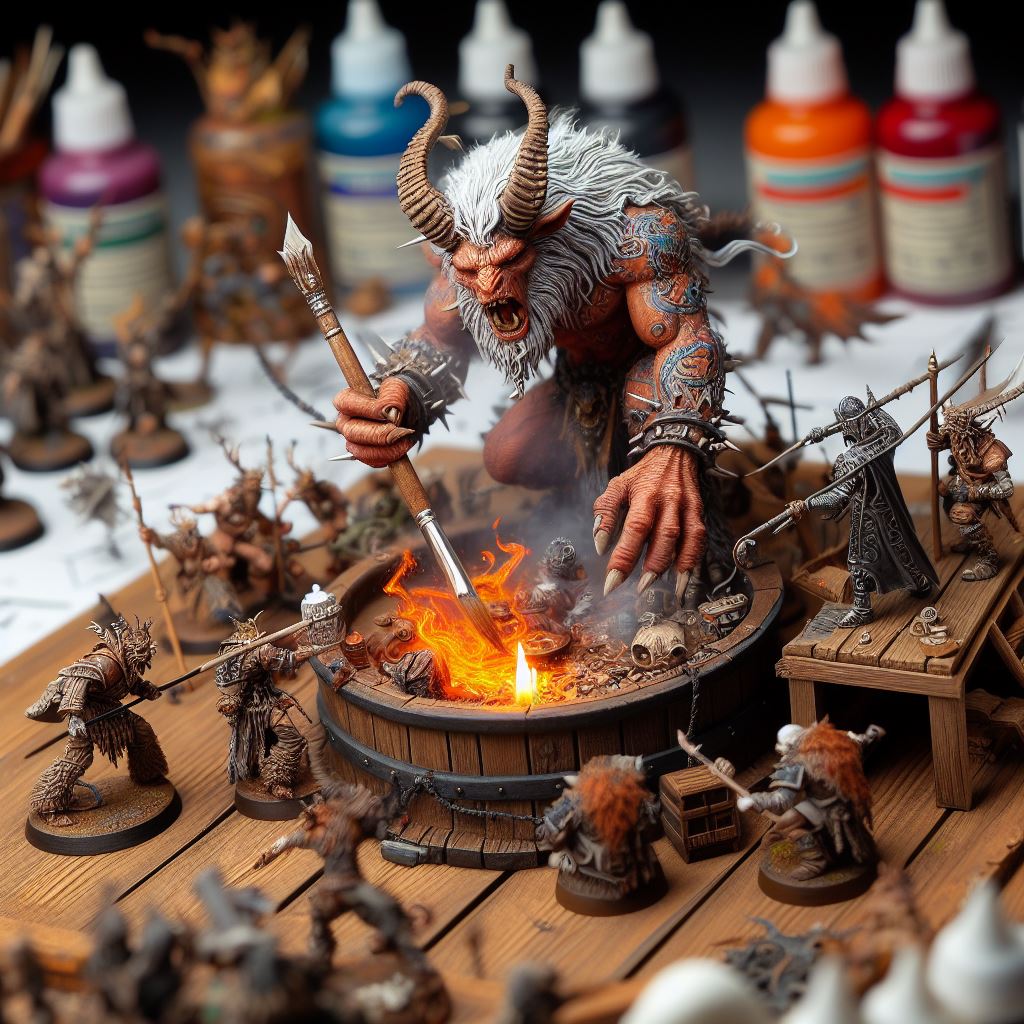It has always struck me as odd that tabletop wargaming effectively includes two hobbies in one. One hobby is military modelling and the other is using wargame rules on a tabletop battlefield.
The most popular of the two hobbies is military modelling. A lot of people you will see at wargaming shows and in your local hobby store have never taken their painted miniatures anywhere near a tabletop and actually played a wargame.
Military Modelling
Wargamers should feel profoundly grateful to miniature painters and modelers. They expand the range of miniatures available to tabletop wargamers and, due to increasing the volume of miniatures manufactured, make the hobby a bit cheaper for us tabletop wargamers.
Painting can be a huge barrier for new tabletop wargamers. Many wargamers introduction to wargaming is the euphoria of their box set purchase followed closely by the box set being the founder of their pile of shame. They get the box home, skim the rules and are then faced with painting the miniatures. If you’ve bought a Bolt Action starter set, for example like Band of Brothers, that could easily be 14 – 25 miniatures to paint before you play your first tabletop game.
Many people faced with such a large barrier never graduate to any actual tabletop wargaming.
Painting Perfectionism
Anybody who has even glanced at the miniature painters on Youtube will marvel at the artistry of the painters. This can be a problem if you think people will judge your efforts against literally the most talented miniature painters on the planet.
People think they will be judged about how well they paint. Outside of tournaments, this could not be further from the truth. Even at tournaments, a standard 3 colour painting scheme is usually the minimum standard required. A 3 colour painting scheme really is not hard especially with the emergence of a class of paints giving a 3 colour paint scheme in a single application. Manufacturers call these paints different names, Army Painter calls them Speedpaint, Vallejo calls them Xpress Colors and Citadel (the paint brand by Games Workshop) calls them Contrast paints.
It is not unusual for people to turn up with miniatures that are just base painted for regular club games. This is absolutely not a problem. Getting to the tabletop as fast as possible should be the new gamer’s first priority. If that means missing out a few steps on the way, then so be it.
Painting miniatures is just one part of the hobby. Why should my modest ability at miniature painting spoil tabletop wargaming for me?
If you can’t get past your fear of miniature painting, but still wish to pursue tabletop wargaming, there are some good options for you.
Alternatives to Painting
There are lots of ways to wargame that do not involve the modelling aspects of the tabletop hobby.
- Board games – most board games require a very minimum of preparation on your part. In most cases you just need to pop out the cardboard pieces from the cardboard. The games vary very widely, from small skirmish games like Memoir 44 to bigger battles with Command and Colors all the way to entire fronts in World War 2 encompassing many hundreds of divisions on both sides.
- Pre-built miniatures – there is a small category of games that are designed to be full tabletop wargames but that require absolutely no painting or assembly. Games like Star Wars: X Wing and Gale Force Nine’s World of Tanks are sold with complete models requiring no painting or assembly.
- Paper miniatures – there is a growing range of miniatures suitable for the tabletop that do not require any painting. Manufacturers like WoFun, Peter’s Paperboys and Brickskrieg produce miniatures that require a very modest amount of assembly and you’re ready for the tabletop. These miniatures can be used with a wide variety of rules making them perfect for investigating periods that are notoriously difficult and time consuming to paint like Napoleonics and English Civil war and so on.
- Commission painters – there are some great miniature painters out there and some of them are happy to paint miniatures for you. For a price. You get very well painted miniatures, painted to a very high standard. The main downside is that it can be expensive. Expect to pay around £10 per 28mm miniature for games like Bolt Action.
- Buy a painted army – there are lots of places you can buy second hand miniatures. Many wargaming shows have a bring and buy section where you can buy and sell individual miniatures all the way up to whole armies. Online there is the ever faithful eBay. The usual buyer beware applies. If you are careful and only buy from established sellers, you’ll be fine. If you find something too good to be true, it usually is.
Board Games
There is a huge sub-genre of board games providing very detailed simulations of pretty well any war or major battle you care to mention. You can battle D-Day or Market Garden using beautiful printed boards with in some cases literally thousands of counters.

Conclusion
One option currently in its infancy is multi-colour 3D printing. Already it is common to see 3D printers able to print with up to 4 colours. I expect this is only going to increase. Being able to print fully “painted” miniatures is going to be a game changer for tabletop wargaming.
If you take anything from this post, take this. You don’t have to worry about miniature painting if you don’t want to. Plenty of people avoid the problem by using one or more of the methods outlined above.
One problem with the wargaming hobby is that people think they have to compete with the really great painters found online. You really don’t. Take a look at any miniature from 3 feet away and you can’t see much or any of the detail that even the best painters are able to produce. The same goes for your own efforts. Whatever imperfections your own miniatures suffer from will be lost when you use them on the tabletop.


Leave a Reply